Story at a Glance:
Note: due to the number of references in this abridged article required, most of them were presented as linked footnotes. The more I study science, and particularly medicine, the more I come to see how often fundamental facts end up being changed so that a profitable industry can be created. Recently I showed how this happened with blood pressure, as rather than causing arterial damage, high blood pressure is a response to arterial damage that ensures damaged arteries can still bring blood to the tissues and, in turn, rather than helping patients, aggressively lowering blood pressure can be quite harmful. In this article, I will look at the other half of the coin, the Great Cholesterol Scam—something that harms so many Americans it was recently discussed by Comedian Jimmy Dore.Cholesterol and Heart DiseaseFrequently, when an industry harms many people, it will create a scapegoat to get out of trouble. Once this happens, a variety of other sectors will jump on the bandwagon and create an unshakable societal dogma. For example, the health of a population (or if they are being poisoned by environmental toxins) determines how easily an infectious disease can sweep through a population and who is susceptible to it, but reframing infectious diseases as a “deficiency of vaccines” it both takes the (costly) onus off the industries to clean up the society and simultaneously allows them to get rich promoting the pharmaceutical products that “manage” each epidemic and the even larger epidemic of chronic diseases caused by those vaccines (discussed in detail here). Note: the major decline in infectious illness that is credited to vaccines actually was a result of improved public sanitation, and when the data is examined (e.g., for smallpox) those early vaccination campaigns made things worse not better. In the 1960s and 1970s, a debate emerged over what caused heart disease. On one side, John Yudkin1 effectively argued that the sugar being added to our food by the processed food industry was the chief culprit. On the other side, Ancel Keys2 (who attacked Yudkin's work) argued that it was due to saturated fat and cholesterol. Note: leaders in the field of natural medicine have made a strong case this spike came from the mass adoption of seed oils3 (which thanks to our unprecedented political climate is at last being discussed on the mainstream news). Likewise, some believe the advent of water chlorination was responsible for this increase.4 Ancel
Keys won, Yudkin's work was largely dismissed, and Keys became
nutritional dogma. A large part of Key’s victory was based on his study
of seven countries (Italy, Greece, Former Yugoslavia, Netherlands,
Finland, America, and Japan), which showed that as saturated fat
consumption increased, heart disease increased in a linear fashion. Note: the author who unearthed that study also discovered another (unpublished) study from the 1970s of 458 Australians, which found that6 replacing some of their saturated fat with seed oils increased their risk of dying by 17.6% Likewise, recently, one of the most prestigious medical journals in the world published7 internal sugar industry documents. They showed8 the sugar industry had used bribes to make scientists place the blame for heart disease on fat so Yudkin's work would not threaten the sugar industry. In turn, it is now generally accepted that Yudkin was right, but nonetheless, our medical guidelines are still largely based on Key’s work. However, despite a significant amount of data that now shows lowering cholesterol is not associated with a reduction in heart disease, the need to lower cholesterol is still a dogma within cardiology.9, 10, 11, 12, 13, 14 For example, how many of you have heard of this 1986 study which was published in the Lancet15 which concluded:
Statins MarketingOne of the consistent patterns I’ve observed within medicine is that once a drug is identified that can “beneficially” change a number, medical practice guidelines will gradually shift to prioritizing treating that number and before long, rationals will be created that require more and more of the population to be subject to that regimen. Consider for example the history of the (immensely harmful) blood pressure guidelines: In the case of statins, prior to their discovery, it was difficult to reliably lower cholesterol, but once they hit the market, research rapidly emerged arguing for a greater and greater need to lower cholesterol, which in turn led to more and more people being placed on statins. As you would expect, similar increases also occurred within the USA. For example, in 2008-2009, 12% of Americans over 40 reported taking a statin, whereas in 2018-2019, that had increased to 35% of Americans.16 Given how much these drugs are used, it then raises a simple question—how much benefit do they produce? As
it turns out, this is a remarkably difficult question to answer as the
published studies use a variety of confusing metrics to obfuscate their
data (which means that the published statin trials almost certainly
inflate the benefits of statin therapy), and more importantly, virtually
all of the data on statin therapy is kept by a “private” (industry-funded)17 research collaboration18 that consistently publishes glowing reviews of statins (and attacks anyone who claims otherwise)19 but simultaneously refuses to release their data to outside researchers,20 which has led to those researchers attempting to get this missing data from the drug regulators.21 Nonetheless,
when independent researchers looked at the published trials (which
almost certainly inflated the benefit of statin therapy) they found22 that taking a statin daily for approximately 5 years resulted in you living, on average, 3-4 days longer. Sadder still, large trials have found23
this minuscule “benefit” is only seen in men. In short, most of the
benefit from statins is from creative ways to rearrange data and causes
of death, not any actual benefit. In circumstances like these where an unsafe and ineffective but highly lucrative drug must be sold, the next step is typically to pay everyone off to promote it. For example:25
Note: the primary reason no cure for COVID-19 was ever found was that the guideline panel for COVID-19 treatments was handpicked by Fauci28 and comprised of academics taking money from Remdesivir’s manufacturers. Not surprisingly, the panel always voted against recommending any of the non-patentable treatments for COVID-19, regardless of how much evidence there was for them. Likewise, the American College of Cardiology made a calculator29 to determine your risk of developing a heart attack or stroke in the next ten years based on your age, blood pressure, cholesterol level, and smoking status. In turn, I’ve lost track of how many doctors I saw proudly punch their patient's numbers into it and then inform them that they were at high risk of a stroke or heart attack and urgently needed to start a statin. Given that almost everyone ended up being “high risk” I was not surprised to learn that in 2016, Kaiser completed an extensive study30 which determined that this calculator overestimated the rate of these events by 600%. Sadly, that has not at all deterred the use of this calculator (e.g., medical students are still tested on it for their board examinations). Note: one of the most unfair things about statins is that the healthcare system decided they are “essential” for your health, so doctors who don’t push them are financially penalized, and likewise patients who don’t take them are as well (e.g., through life insurance premiums).31 So, despite the overwhelming evidence against their use, many physicians believe so deeply in the “profound” benefits of statins that they do things like periodically advocating for statins to be added to the drinking water supply.32 In tandem, a cancel culture (reminiscent of what we saw with the COVID vaccines) has been created where anyone who challenges the use of Statins is immediately labeled as a “statin denier” accused of being a mass murderer and effectively canceled. Here, a statin and COVID vaccine dissident, British Cardiologist Aseem Malhotra discussed the dirty parallels between these two industries on Joe Rogan: 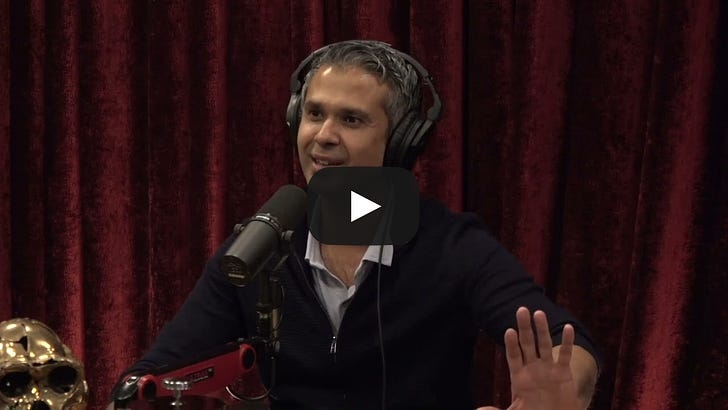 In addition to doctors being forced to follow these guidelines, patients often are too. Doctors often retaliate against patients who do not take statins (similar to how unvaccinated patients were reprehensibly denied essential medical care during COVID-19). Employers sometimes require cholesterol numbers to meet a certain threshold for employment (although they never did anything on the scale of the COVID-19 vaccine mandates placed on workers around America). Similarly, life insurance policies often penalize those with "unsafe" cholesterol numbers. Statin InjuriesMy
primary issue with the statins is not the fact we waste billions each
year on a useless therapy (approximately 25 billion per year in America
alone).33
Rather, it’s the fact that they have a very high rate of injury. For
example, the existing studies find between a 5-30% rate of injuries,34 and Dr. Malhotra, having gone through all the existing evidence estimates that 20% of statin users are injured by them. Statins in turn, are linked to a large number of complications37 that have been well-characterized (e.g., mechanistically) and described throughout the medical literature.38,39,40,41, 42, 43
The other group are those not overtly noticed by the patient. These include:
From the start, I noticed statin patients often reported numbness, muscle pain, or cognitive issues after starting these drugs, which resolved once they stopped. When this was brought up with their doctors, the response was often hostile, with doctors insisting statins couldn’t be the cause, citing their own experience or claiming the patient needed to continue the medication to avoid a heart attack. In turn, as the years went by, I saw increasingly elaborate excuses being created to protect the statins from an ever-increasing awareness of their dangers. A common one was the "nocebo effect" – the idea that negative expectations caused the reported symptoms. For example, I lost count of how many doctors I knew who cited this 2016 study104 when patients stated they had been injured. The nocebo effect is the opposite of the placebo effect. While the placebo effect occurs when a person experiences positive outcomes from a treatment because they believe it will help, the nocebo effect happens when negative outcomes arise simply because a person expects harm from a treatment, even if the treatment itself is harmless or ineffective. This theory was used to dismiss patients’ experiences despite the fact that many were unaware of possible side effects until they occurred and then looked them up. If you take this story and replace “statin” with COVID-19 vaccines, you will see it is essentially what everyone has experienced over the last four years (e.g., I lost count of how many times vaccine myocarditis was diagnosed as “anxiety”). Note: two adverse event reporting systems exist for adverse reactions to pharmaceuticals, MedWatch104 and FAERS.105 Like VAERS, they suffer from severe underreporting (it is estimated only 1-10% of adverse events are reported to them), but none the less, thousands of (ignored) reports can be found there of the common injuries which result from statins.106 ConclusionMost pharmaceutical medications work by blocking the function of an enyzme within the body, which while an effective way to change physiology, is often incredibly detrimental as each enzyme within the body is there for a reason. Statins do just that (and at the time were a revolutionary approach since decades of research had not yielded a consistent way to lower cholesterol). Unfortunately, the enzyme they chose doesn’t just lower cholesterol. Sadly, however, since that was the only way to make statin’s “work,” the research community has largely ignored the consequences of eliminating all the other essential biomolecules that originate from mevalonate. For example, many of the characteristic side effects of statins can be addressed by simply supplementing with Coenzyme Q10 (an essential nutrient for the mitochondria, heart and muscles)—in fact Merck even patented a Statin-CoQ10 preparation.107 However, acknowledging that would be akin to admitting statins are not “safe and effective” and it hence has never been done (a situation analogous to the fact many disabling childhood vaccine injuries could avoided if the vaccines were spaced out, yet those who proposed doing so are instead simply attacked for “not following the CDC’s schedule”). Worse
still, the massive market for “lowering cholesterol” has suppressed all
research all research into the actual causes of heart disease and as a
result, despite spending 25 billion a year on statins,108
heart remains the top cause of death in America. This is an immense
tragedy as the actual causes and treatments of heart disease have been
known for decades, but still remain Forgotten Sides of Medicine. To learn how other readers have benefitted from this publication and the community it has created, their feedback can be viewed here. Additionally, an index of all the articles published in the Forgotten Side of Medicine can be viewed here. Invite your friends and earn rewardsIf you enjoy The Forgotten Side of Medicine, share it with your friends and earn rewards when they subscribe. |
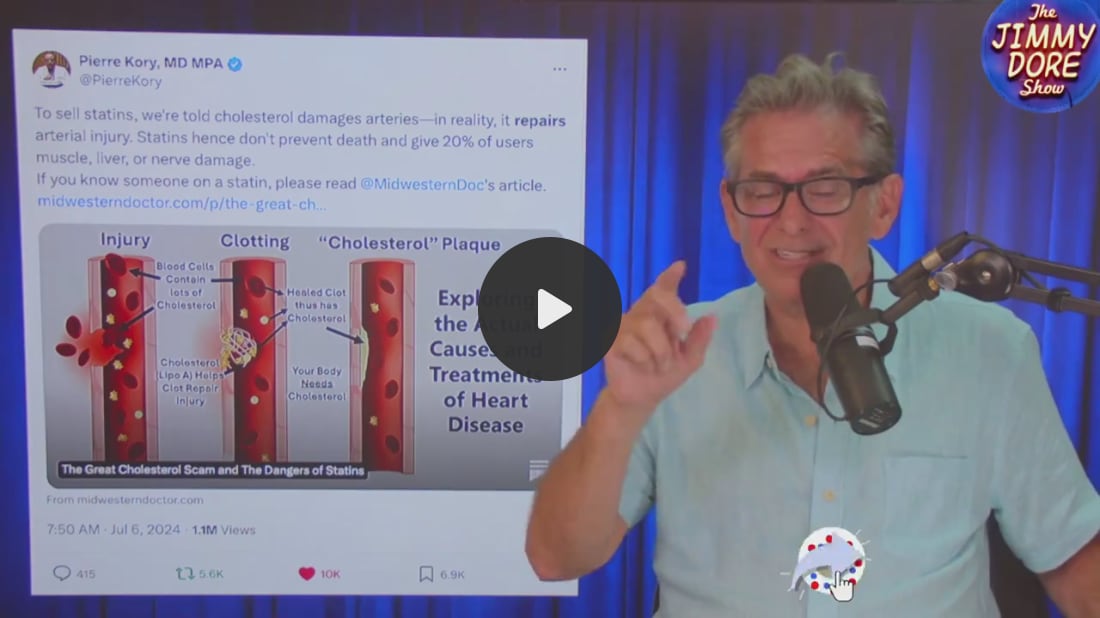
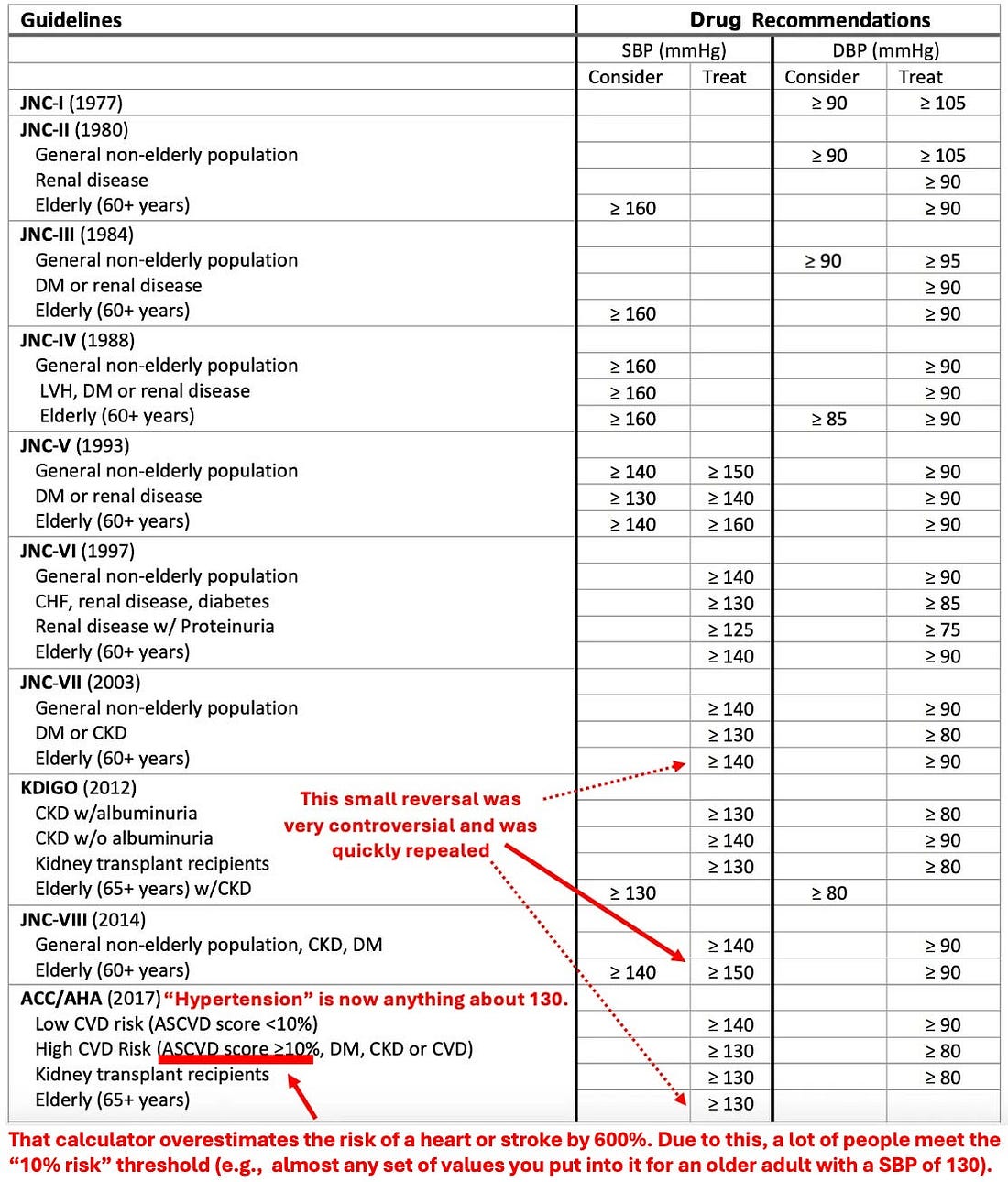
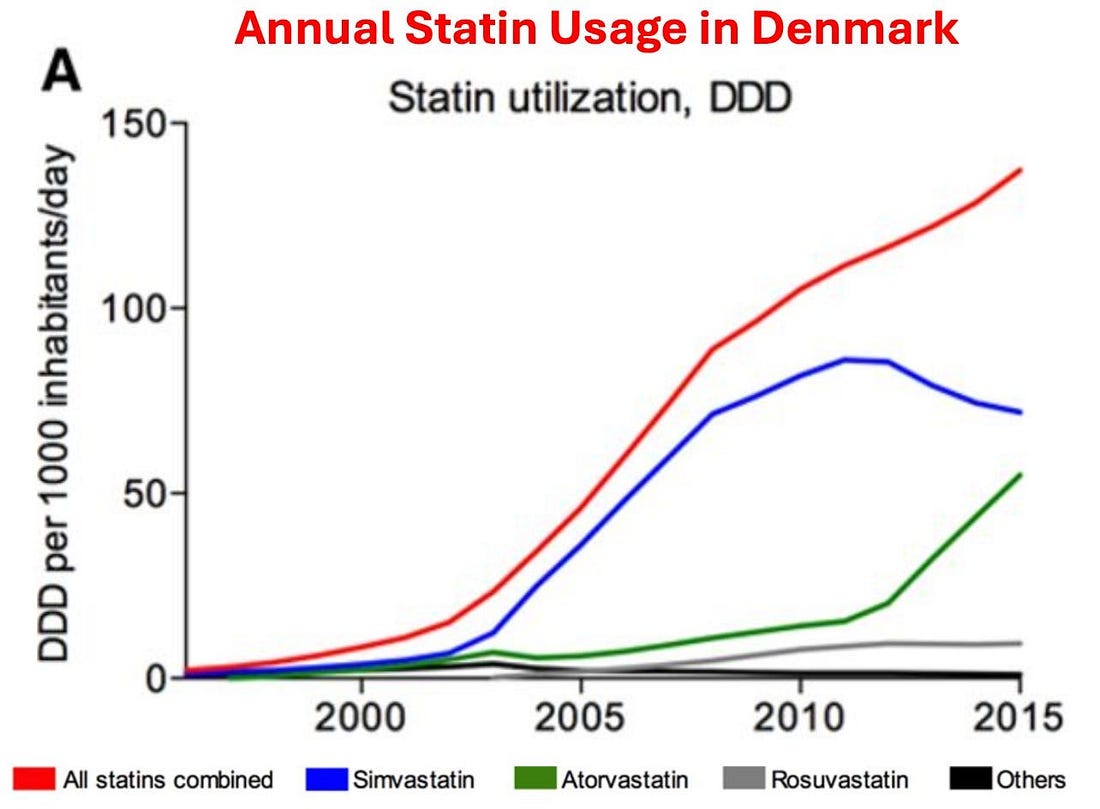
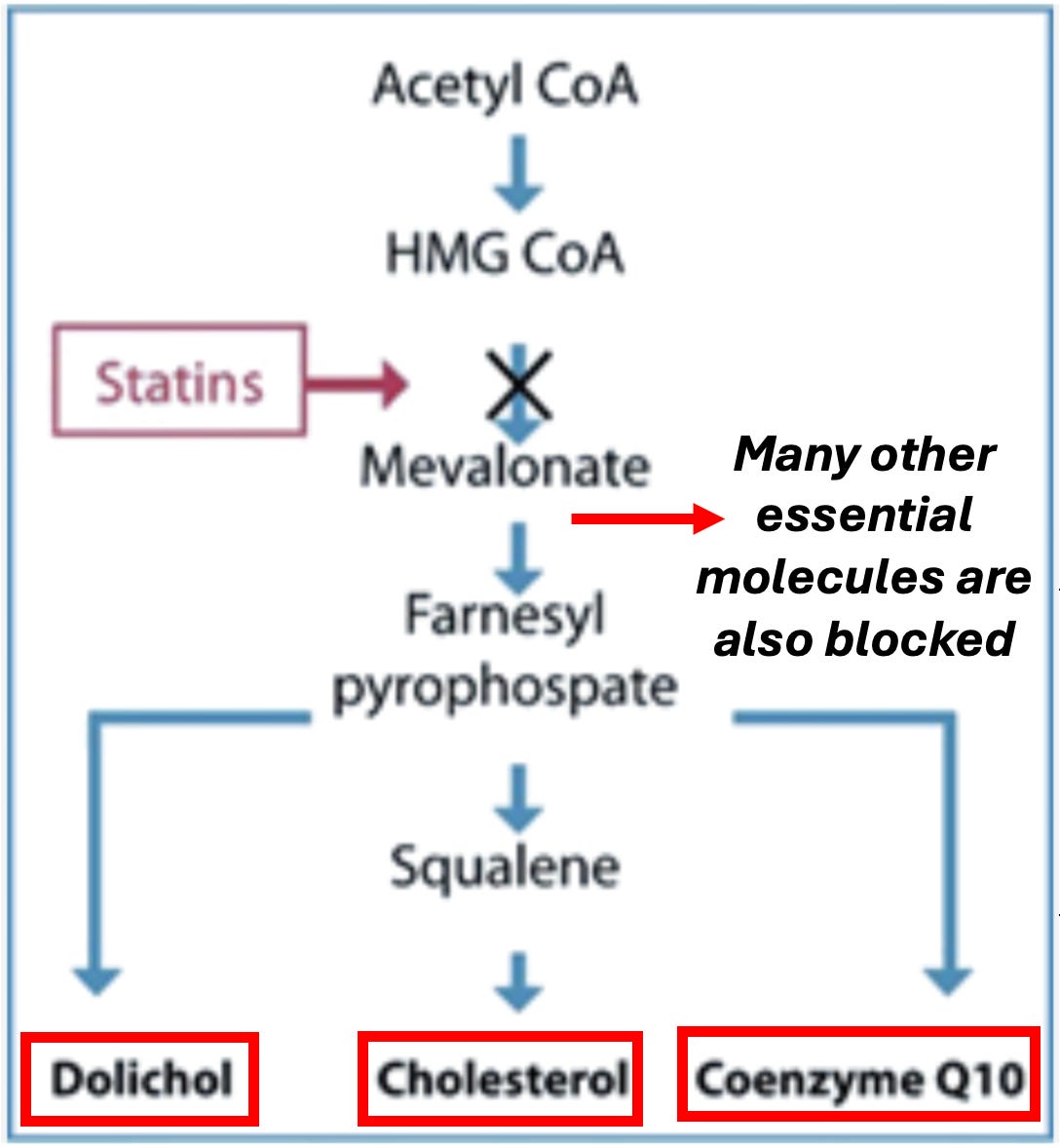
No comments:
Post a Comment